#La Valse
Text

©La Valse (Chiara Romanini)
1K notes
·
View notes
Text
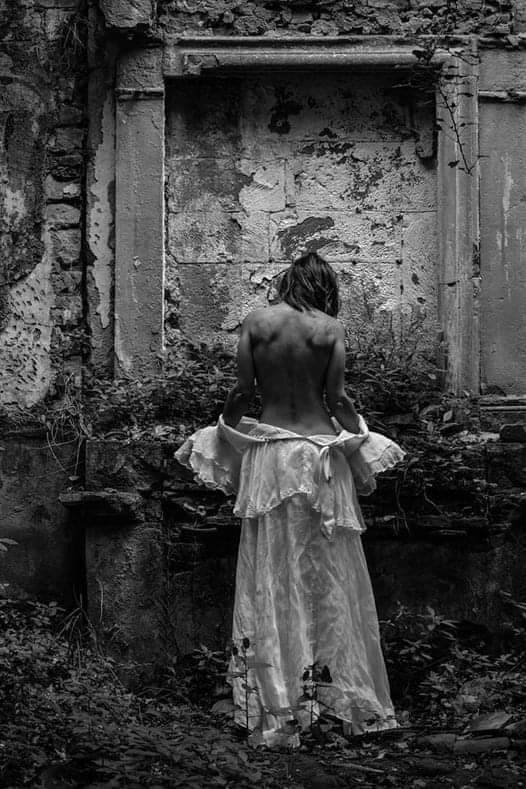
________Chiara Romanini (La Valse)
219 notes
·
View notes
Text

I would watch Tanaquil [LeClercq] dance, and I would try to take what I had seen and what I had felt and apply it to sentences, paragraphs. Both Tanaquil (I could never bring myself to call her Tanny) and Balanchine would speak of the balance and the placement and the building of parts to create a ballet, or a particular piece of the ballet, and I could try to apply this to the shape and the rhythm of my writing. You should try to hear music when you write, and you should always try to replicate beautiful moments in your life through your words. Tanaquil gave me this. She also became, in a sense, my own Laura, in that she was crippled by polio, and the beautiful dances stopped. But her own, remarkable beauty did not stop. She wrote, she read and commented brilliantly on what she consumed. And she was a remarkable, durable friend.
—Tennessee Williams
Photo: Tanaquil LeClercq in La Valse, with Nicholas Magallanes, 1951. Jack Mitchell via Getty Images
#Tanaquil LeClercq#Balanchine#George Balanchine#La Valse#Nicholas Magallanes#Tennessee Williams#ballet#New York City Ballet#NYCB#polio#dancers#writing#friendship#Glass Menagerie
20 notes
·
View notes
Text
La Valse — Maurice Ravel (arranged by the composer for piano solo)
youtube
La Valse is French impressionist composer Maurice Ravel’s 1920 tribute to the Viennese waltz, a dance style of classical music which was falling out of fashion at the time. Originally conceived as a ballet, La Valse blends Romantic idioms with Ravel’s characteristically unusual harmonic style. The piece is often analyzed as representing the evolution and destruction of the waltz style after the recent World War I, although Ravel disputed this interpretation.
Anyway time for my ramble, so La Valse is most frequently performed in its full orchestra version (important note that Ravel is often regarded as one of the greatest orchestrators in history). The version for solo piano is rarely performed because it’s really hard and honestly loses a lot of its sonic character being reduced from a full orchestra down to a single piano. (There’s a 2-piano arrangement that’s more common).
I find the solo piano arrangement of La Valse fascinating because it’s honestly. not amazing. (at least in comparison to a lot of Ravel’s work). I still love it and I wouldn’t say it’s bad by any means, but as much as I love Ravel, the reduction is awkward. it loses a lot of the orchestral version’s character, like a black-and-white photograph of a vividly colorful painting. you’re forced to focus on different details because so much is lost (or maybe I should say changed, even though the notes stay the same) from the original.
If you follow along with the sheet music you’ll see several times where there’s a smaller staff above the main one—these are ossias, instrumental parts from the original put in the music as an optional alternative to the main written part. A lot of these are glissandi (slides, basically), originally scored for string instruments, that get weirdly roughened by the translation to piano. A single pianist doesn’t have enough hands to capture everything that was going on in the original.
But basically, what I’m saying is this—I don’t know why Ravel wrote this arrangement at all. Not in a “it’s bad and has no value” way, but in a “this is not the La Valse I saw the symphony perform” way. It’s almost a different piece at this point, and I kind of wonder if that’s why he wrote it: look how this radically reduced version of my art completely transforms the soul of the original- it’s the same work, but it’s not the same music! even like this it’s so Ravel it can stand on its own as something else! !! !!!!!!!
#joe rambles about music#music#classical music#ravel#la valse#waltz#piano#sheet music#impressionism#classical piano#orchestra#music history#music analysis#Youtube#SoundCloud#seong-jin cho#20th century classical music#maurice ravel
4 notes
·
View notes
Text
Some of my favorite pieces in Munich's Alte Pinakothek
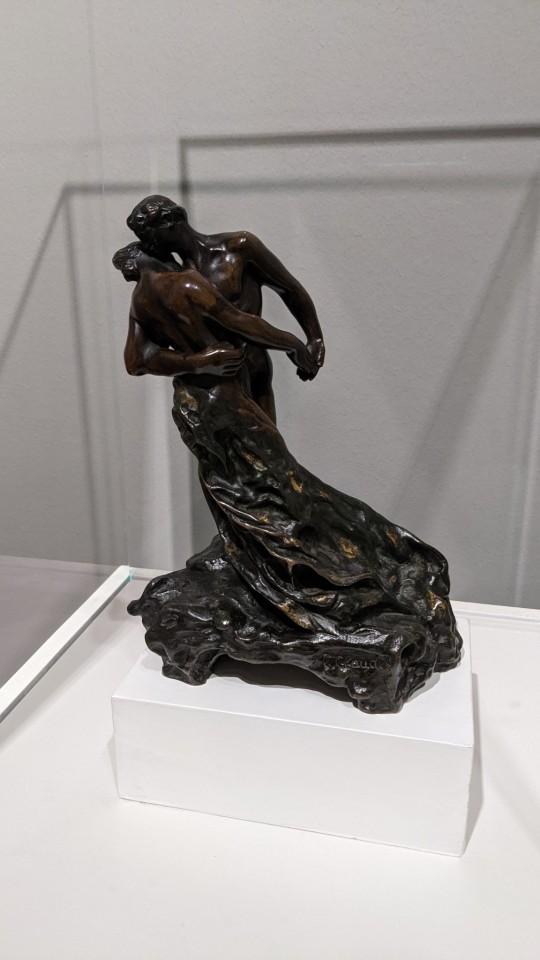
Camille Claudel (1864-1943), La valse / The Waltz 1891-1905)
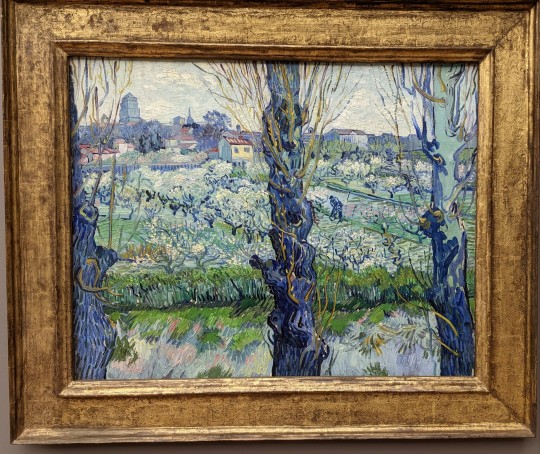

Above: Vincent van Gogh (1853-1890), View of Arles (1889) and Paul Cézanne (1839-1906), The Railway Cutting (c. 1870). The Rubens below was probably my favorite piece.
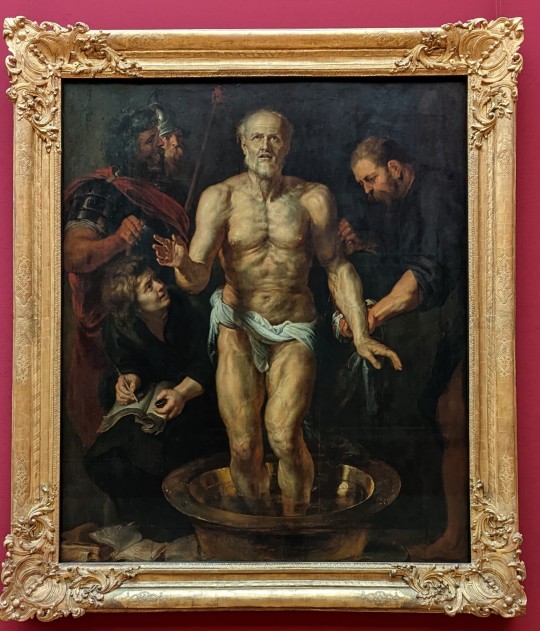
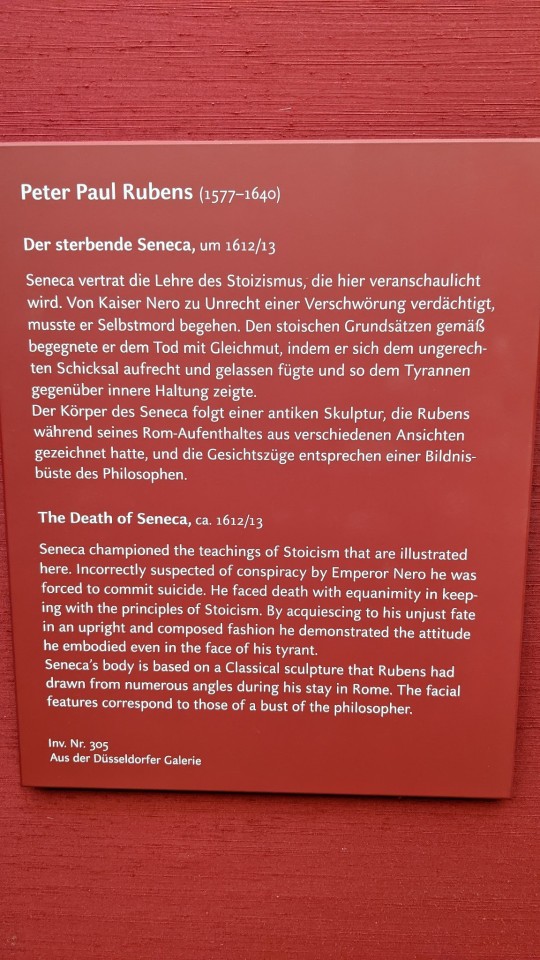
#sculpture#camille claudel#la valse#the waltz#alte pinakothek#munich#vincent van gogh#paul cézanne#paul rubens#museums#art
17 notes
·
View notes
Text

#Camille Claudel#la valse#the valtz#Rodin#musée#museum#Paris#mine#all time favorite#art#sculpture#love#dancers#lovers
11 notes
·
View notes
Text
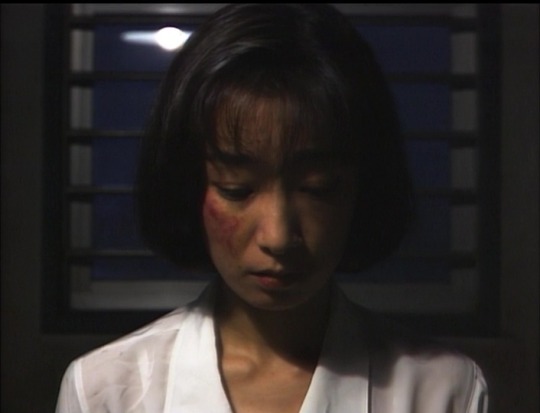


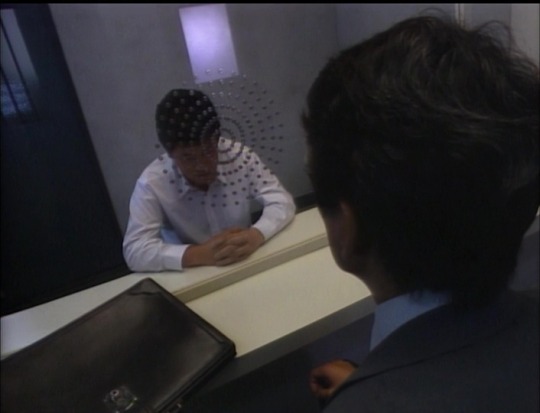
La Valse
(Akio Jissoji, 1990)
#film#jfilm#japan#japanese film#japanese cinema#La Valse#LaValse#ラ・ヴァルス#Akio Jissoji#AkioJissoji#Jissoji Akio#JissojiAkio
3 notes
·
View notes
Text
#aestehtic#art#forpage#fyp#olric#photography#celebrities#playlist#piano#music#evgeny grinko#concert#la valse#piyano
0 notes
Text
LE BEAU DANUBE BLEU de Yohann Strauss fils II sur une valse d'étourneaux...
youtube
BEAU DANUBE BLEU de Yohann Strauss fils II sur une valse d'étourneaux @FrancoisTapiezo
La légèreté et la beauté des nuées dansantes d'étourneaux sublimées par la composition de Yohann Strauss Fils II Le Beau Danube Bleu
en fréquence 432 hertz très bénéfique pour le bonheur de nos cellules.
Que vous sachiez cela ou pas, partagez cette vidéo de pure beauté qui porte en elle son lot de bienfaits.
Les bénéfices tant auditifs que visuels amènent à un bonheur intérieur immédiat et palpable.
Cette fréquence 432 Hz est même capitale pour celles et ceux qui prennent soin de leur corps.
La résonance de cette fréquence est en harmonie avec la Nature avec un grand N. Les bénéfices tant conscients qu'inconscients sont immenses,
Rien à faire : laissez-vous porter
Si vous aimez servir, aider vos proches et pratiquer l'entraide : commentez et partagez ces merveilles réunies. @tapiezo
0 notes
Text

______Chiara Romanini (La Valse)
71 notes
·
View notes
Text
London City Orchestra autumn concert

This autumn I was invited to guest conduct the London City Orchestra, a fabulous, well-run orchestra made up of professionals, amateurs, and high-level music students, in their 10th anniversary year. The programme was big and varied: Ravel’s ‘La Valse’, Britten’s ‘Sinfonia da Requiem’, and the 8-movement version of Tchaikowsky’s ‘Swan Lake’ suite, to which we added the Finale to round things off, the famous tune thus bookending the ballet music.
The LCO and I have known each other for a few years now, with me coming in sporadically as a coach for different sections, and the occasional tutti rehearsal. But this was the first time they’d entrusted me with an entire project, from 1st rehearsal to public performance on Remembrance Day, which -we couldn’t have known at the time the schedule was drawn up -happened also to coincide with the largest Humanitarian/Ceasefire-in-Palestine march in the UK’s history. Trying to find unblocked roads through the capital on my rented bike with the scores and baton in the basket after busses, tubes, and taxis proved unavailable, I was half an hour late to the dress rehearsal.
This project was a good opportunity to implement my Orchestra Redefined approach. At its heart, the source of the approach is respect and love for others. If this seems like a dreamy, mystical claim and the reader would prefer that I spoke more technically or pragmatically, I’d say that my conducting, orchestral, and rehearsal techniques are merely the outward manifestations of a core that seeks to plunge into the orchestral players’ musicianship, outlooks and life experiences, and help them bring them out, channelling them into their playing as part of a large team. Contextualising the music, and relating it to our own experiences, from the most exalted to the mundane -often at the same time- is key.
The conductor here is one quite literally, a primus inter pares; no longer a despot, or at the very least, the archetypical figure of total power. A good degree of power the conductor may be perceived to end up with, in this approach, comes through the relinquishing of it to the players; in creating avenues for the individuals’ expression in concert with those around her/him/them: a kind of anti-power, more a Zen modus operandi.
Naturally, I have a firm, as-informed-as-possible artistic vision of the works we’re engaging with, and I’ll straighten the orchestra out whenever they need to be. I tell them off if I have to, and never accept anything less than the absolute best they (or any orchestra) can give. I always insist, albeit with kindness, empathy, relaxed humour, pulling their leg, self-deprecating, or other means, whichever fills the need on the spur of the moment. But the more collaborative pathway, with highly trained orchestral musicians, often for the first time in their lives, being both invited and then shown ways to bring their hard-won musicianship into the symphonic context, reaps a joyous musical-human garden of sorts. The people within the players emerge, their voices are heard, their experiences and outlooks are validated, and this is shared with others and with myself in musical conversation. The artistic results are of a very high standard, the people behind the instruments being happy, motivated, and engaged, with a sense of being valued.
The concert, with a brief speech from me relating our music to the day’s commemoration as well as current events, was a powerful, joyous affair that received a standing ovation. Later, the orchestra kindly wrote some of their thoughts on the term’s work. Their most used were: thanks, love, inspiration, fun, energy, passion, joy, insightful, relaxed, personable, and dynamism, and many mentioned how much they had learned. To them, and for the opportunity to share all of this with them, I am deeply grateful.
photo credit: @tradephotographer
#london#city#orchestra#londoncityorchestra#conducting#adrian#varela#conductor#britten#sinfonia#requiem#ravel#la valse#tchaikovsky#tchaikowsky#swan#lake#swan lake#ballet#suite
1 note
·
View note
Text
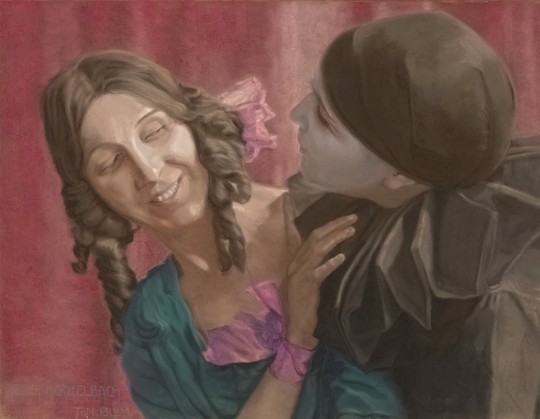
Dancers Lili Green (left) and Margaret Walker (right, as pierrot) in a choreography set to music by Frédéric Chopin's La Valse (1920) - Ton Blom
#painting#rijksmuseum#lili green#margaret walker#clown#pierrot#la valse#frédéric chopin#ton blom#1920s#1920
1 note
·
View note
Text
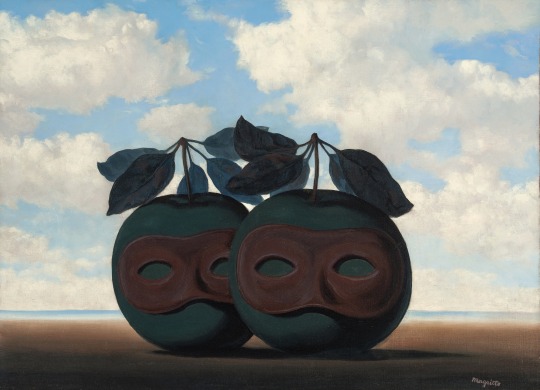
La valse hésitation (The Hesitation Waltz)
René Magritte
oil on canvas, 1955
#René Magritte#art#artist#painter#painting#surrealism#surrealist#La valse hésitation#The Hesitation Waltz
55 notes
·
View notes
Text
clap for me, i made a trailer for A Woman’s Face without making it all about conrad veidt
#also id like to thank maurice ravel for writing la valse especially for my purposes#a woman’s face#old films#my edit#joan crawford#conrad veidt#melvyn douglas#1940s
30 notes
·
View notes

